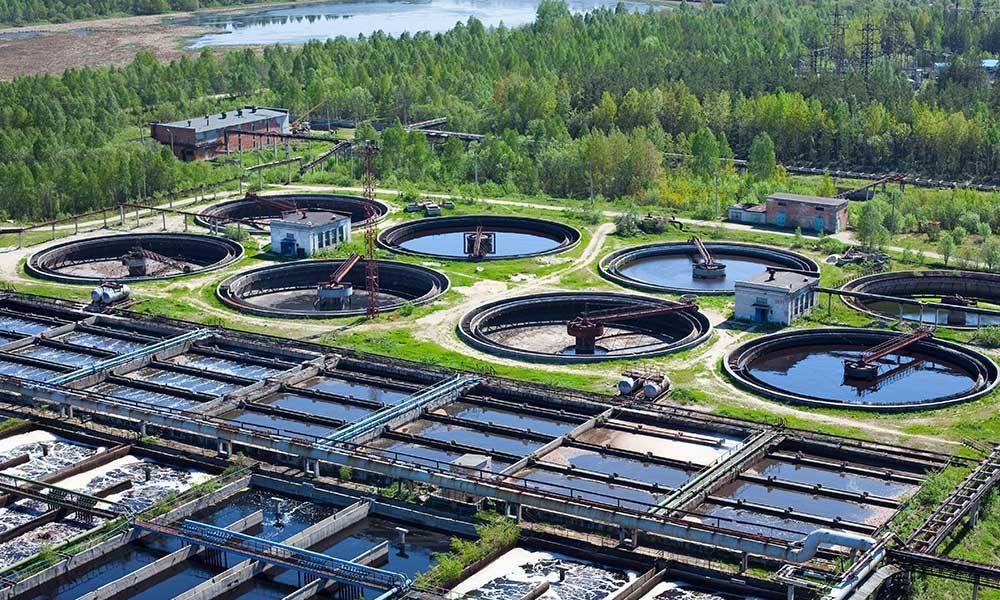In a world grappling with escalating water pollution and scarcity, innovative solutions are crucial to ensure clean and safe water for all. One such solution that has been gaining significant attention isPoly Aluminum Chloride (PAC), a versatile chemical compound that is transforming the landscape of water treatment.
Water, a finite resource, is under constant threat from various pollutants and contaminants. Industries, urban development, and agricultural activities have led to the release of harmful substances into water bodies, posing a grave risk to both the environment and human health. Conventional water treatment methods struggle to cope with the increasing complexity of these pollutants. This is where PAC steps in, offering a more efficient and sustainable way to purify water.
What is Poly Aluminum Chloride?
Poly Aluminum Chloride, often abbreviated as PAC, is a chemical coagulant that is commonly used in water treatment processes. It is derived from aluminum chloride by reacting with hydroxide, sulfate, or other salts. PAC is renowned for its ability to remove suspended solids, organic matter, and other impurities from water, making it an ideal choice for various purification applications.
How Does PAC Work?
PAC functions as a coagulant and flocculant in water treatment. When introduced into water, it forms positively charged polymer chains that neutralize negatively charged particles such as dirt, contaminants, and microorganisms. These neutralized particles then clump together into larger particles called flocs. These flocs settle down, allowing clear water to be separated from the sediment. This process is highly effective in removing a wide range of pollutants, including heavy metals, bacteria, and organic compounds.
Advantages of Using PAC:
Efficiency: PAC offers rapid coagulation and flocculation, resulting in faster purification compared to traditional methods.
Versatility: It can be used across various water sources, including drinking water treatment, wastewater treatment, industrial processes, and more.
Reduced Sludge Production: PAC generates less sludge compared to other coagulants, minimizing disposal costs and environmental impact.
pH Tolerance: It performs effectively across a broad pH range, providing consistent results in different water conditions.
Cost-Effectiveness: PAC’s efficiency, combined with its lower dosage requirements, can lead to cost savings in treatment processes.
Sustainability and Environmental Impact:
One of the significant advantages of PAC is its relatively lower environmental impact compared to other coagulants. Its efficient pollutant removal reduces the need for extensive chemical usage. Additionally, its reduced sludge production contributes to minimizing waste generation.
As the world seeks sustainable solutions for water treatment, PAC is poised to play a vital role. Its adaptability, efficiency, and environmental benefits make it a promising candidate for addressing the water quality challenges that societies face today.
In conclusion, Poly Aluminum Chloride (PAC) is emerging as a game-changer in the field of water treatment. With its ability to effectively remove contaminants, reduce sludge production, and operate across various pH levels, PAC offers a robust and sustainable solution to the growing concerns of water pollution. As communities and industries increasingly prioritize clean water, PAC’s role in ensuring a cleaner future is set to expand, marking a significant step toward global water security.
For inquiries and further information, please contact:
Post time: Aug-25-2023

